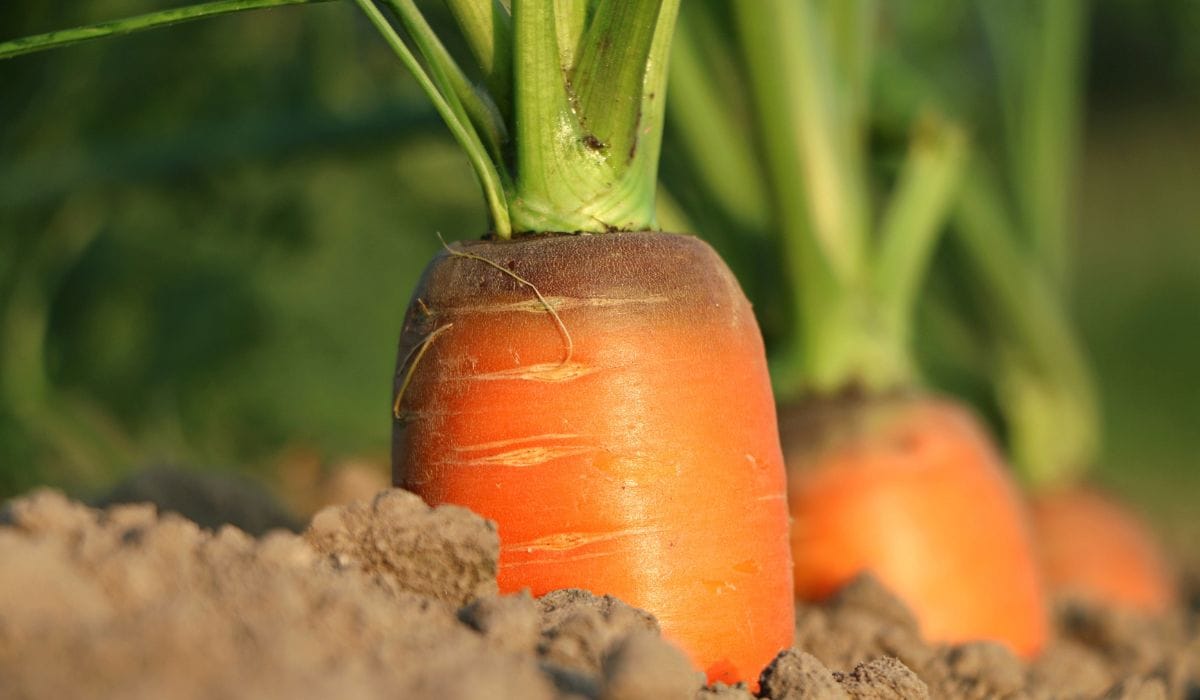CelluComp's Curran®: The Role of Carrot-Based Materials in Advanced Material Science
CelluComp, a visionary Scottish company, is redefining material science with its groundbreaking product, Curran®.

Introduction to CelluComp's Innovation
CelluComp, a Scottish company, has made significant strides in material science by developing Curran®, a material derived from carrots and other root vegetables. This development represents a notable shift towards utilizing sustainable resources in manufacturing advanced materials.
Origins and Development of Curran®
Founded by Dr. David Hepworth and Dr. Eric Whale, CelluComp emerged from a combination of expertise in cellulosic materials and a commitment to sustainable practices. Curran®, named after the Gaelic word for carrots, initially gained attention in the material science community with its application in an award-winning fishing rod, The Reactor™.
This product demonstrated the potential of Curran® to combine strength and lightness, a characteristic typically associated with carbon fiber.
Manufacturing Process and Material Composition
Curran® is produced by extracting nano-fibers from root vegetables like carrots, turnips, parsnips, and sugar beets. The process involves mechanically breaking down these vegetables to isolate the nano-fibers, which are then integrated with high-tech resins. This method not only repurposes vegetable waste from the food industry but also minimizes the environmental impact typically associated with material production.
Applications Across Industries
The use of Curran® extends beyond sporting goods to various sectors. It has been incorporated into products such as paints, coatings, concrete, and drilling fluids. In these applications, Curran® serves as a rheology modifier, influencing viscosity and improving product performance.
A significant application area for Curran® is in the paper and food packaging industry, where it serves as an eco-friendly alternative to PFAs (per- and polyfluoroalkyl substances) and conventional plastics.
As a fiber packaging solution, Curran® offers key performance properties such as enhanced strength and superior barrier qualities, which are essential in packaging applications. Its integration into paper and food packaging not only addresses the need for durability but also aligns with environmental goals. The material's recyclability, biodegradability, and compostability make it a standout choice for companies and consumers looking to reduce their environmental footprint.
Environmental Considerations
CelluComp's approach to material development with Curran® reflects a focus on sustainability. The selection of raw materials, primarily discarded root vegetables, addresses waste reduction. The production process of Curran® is characterized by lower energy consumption and reduced chemical use compared to traditional material manufacturing, contributing to a smaller carbon footprint.
Learn More About CelluComp:





